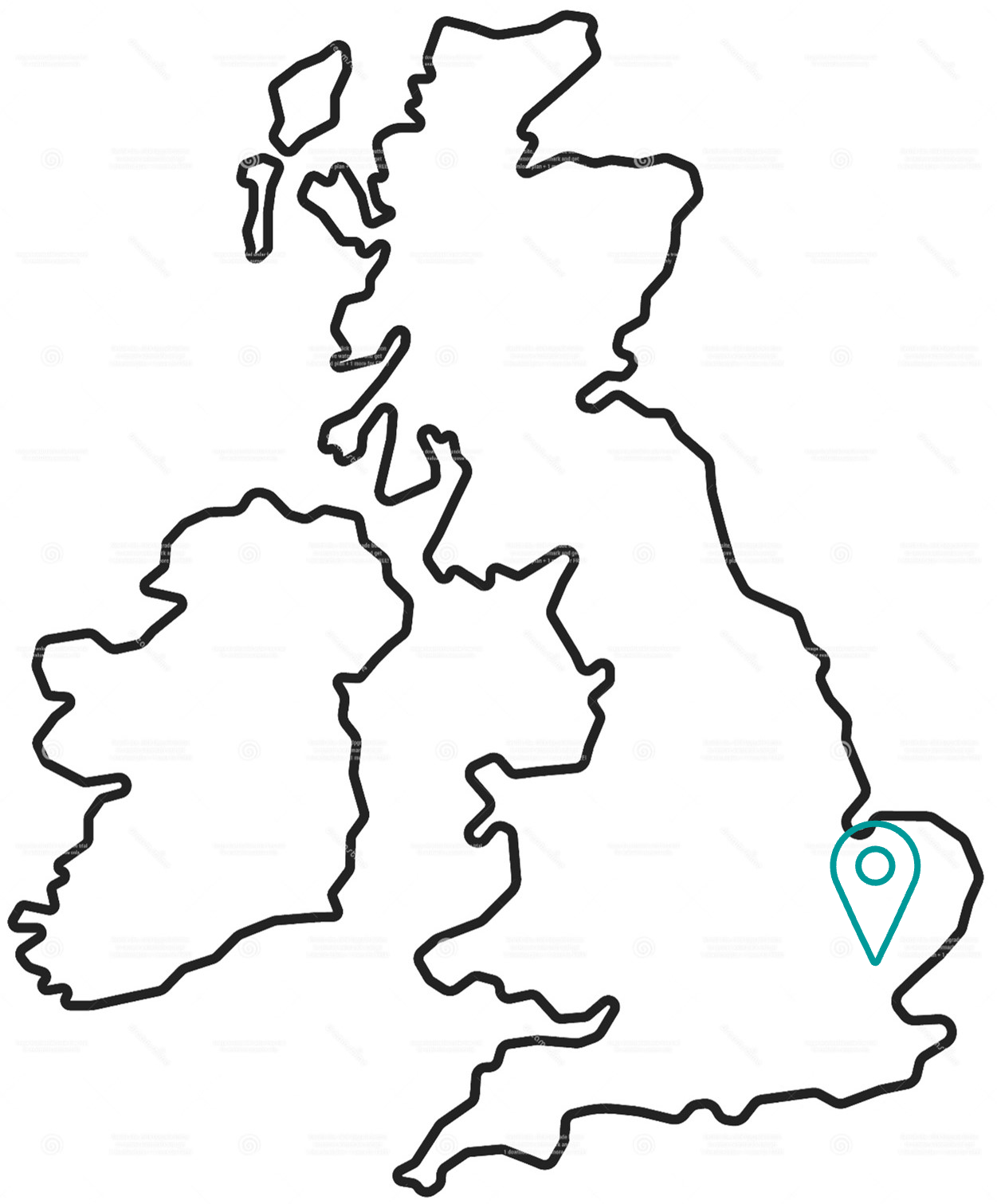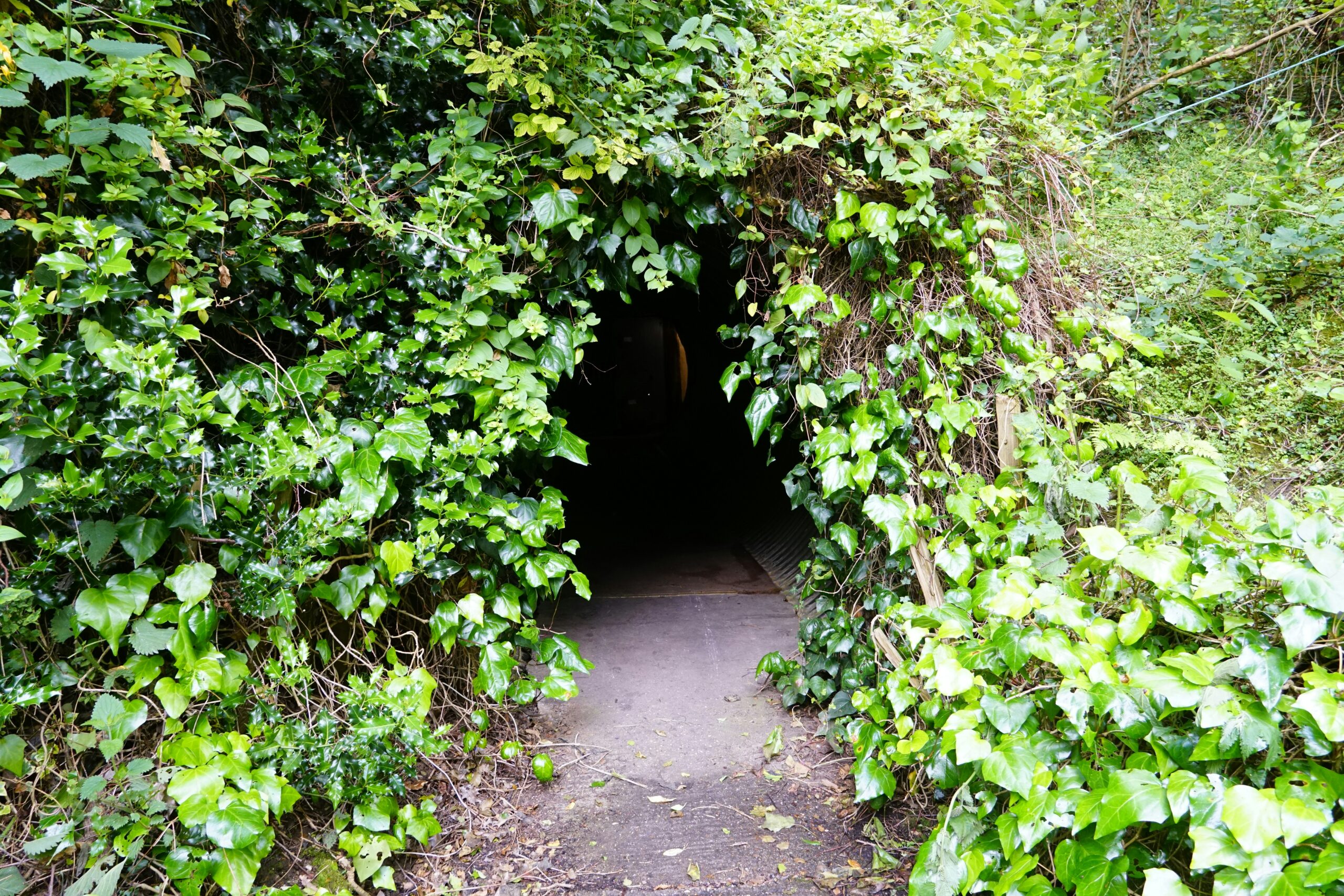All you need to know to visit a Cold War nuclear bunker at Kelvedon Hatch where the military and government would have operated during a nuclear attack

The Secret Nuclear Bunker at Kelvedon Hatch is very well signposted for a secret but once you are off the road and in the large gravel car park an air of secrecy cloaks the area. As we made our way, on foot, through a sparsely wooded area we came across a small, eerily abandoned bungalow in a clearing. We stepped up onto the veranda and peered into the front door…..yes, this must be right….there is a bank of audio guides which we can help ourselves to.
This guide on visiting a Cold War nuclear bunker will cover:
This post contains affiliate links, at no extra cost to you. I may earn a small commission if you click through and make a purchase.
What’s the appeal of visiting a secret nuclear bunker?
The bunker was built in the early 1950s initially as an RAF air defence station but the bunker experience today focusses on its role from the 1960s to 1990s at the height of the Cold War when it was a Regional Government HQ. In this role it would have housed up to 600 military and civilian personnel whose role was to organise the survival of the population in the aftermath of a nuclear war. It’s now de-commissioned but offers a unique opportunity to explore secret military operations at the height of the Cold War.
Finding your own way in is also part of the appeal - there is no front desk and no payment until the end by which time we had wrung every penny of value out of the experience.
How to get to Kelvedon Hatch
The Secret Nuclear Bunker is most easily accessed by car although there are buses that run nearby. You can get a train or London Underground to stations nearby but from there you will need to take a 7 min taxi ride. More information on how to get to Kelvedon Hatch can be found on their website.
Where to stay near Kelvedon Hatch
Kelvedon Hatch is close to some lovely countryside and villages which play host to typical country house hotels and boutique hotel offerings if you are looking for something a bit different. Recommended places to stay:
What to expect on a tour of the bunker
The audio transcript is both fascinating and reassuring as we made our way down a 90 metre long concrete tunnel, through the 1.5 tonne blast doors that would have protected the occupants from nuclear attack, into the musty depths of the bunker 38 metres below ground. Everything is still so original and slightly apocalyptic it really does give you the creeps a bit.
The underground space is vast and set over a couple of floors (the tunnel takes you to the bottom floor and you work your way up). It was designed to be a completely self-contained community and headquarters in the event of a nuclear attack with supplies sufficient for 3 months. As we made our way through the well signposted route through the various rooms and areas we visited the bunker communications centres and plotting room where aircraft were tracked 24 hours a day as well as the small hospital ward and sleeping quarters (although additional bunk beds would have been put in the long concrete tunnel in the event of a nuclear attack in order to accommodate all the people stationed here).
Bringing home the realities of a nuclear attack
Taking up most of one floor is a large space where the government of the day would have operated in the event of a nuclear attack with desks still marked up for each government department. The scale and reality of the operation were brought home to me in the generator room when I stood next to the huge machinery used for generating power and treating the air which was filtered, recycled and cooled in order that the occupants had air that was safe to breathe. But not only that, it also kept the bunker under positive air pressure which would have been essential in the event of a nuclear emergency as it would have kept out any radioactive dust or other particles. That hit home.
In addition to the audio guide, exhibits, and all the original contents of the bunker there are videos and films to watch which are worth the time to bring to life the real implications of nuclear war being faced at the time of the bunker’s operation.
4 things to know before you go
- This is a 'no frills' place to visit. The website is not as bling as major tourist attractions and this is reflected in the experience itself which is very self-service yet all the better for it in my opinion – there is no gloss on any of the history or the building – this is a secret nuclear bunker in its raw, original state.
- Payment is taken at the end and you are advised to take cash as the WiFi is not always strong enough underground to operate the card machine.
- The canteen is basic but does light snacks and hot drinks. It is literally the original bunker canteen and is at the end of the tour. It is basic and very DIY which makes it charming but also not a place that you can rely on for anything more than a snack. This is also where your payment is taken on a similarly DIY basis – but I’m sure you will find it worth every penny.
- Disabled access is limited and those with accessibility requirements are suggested to contact the bunker in advance.

